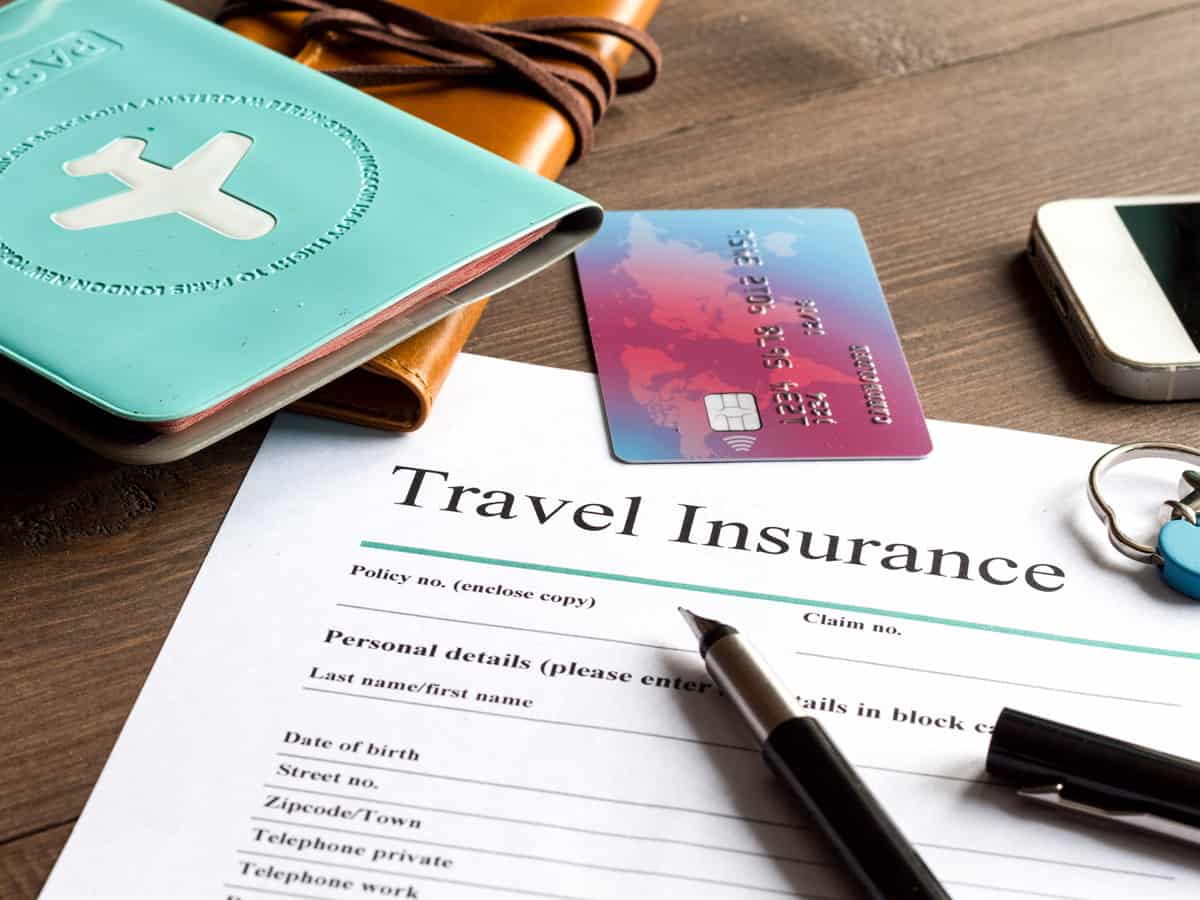Planning a trip to Alaska can be thrilling, bringing you face-to-face with stunning glaciers, breathtaking mountains, and abundant wildlife.
But a journey to the Last Frontier comes with its own financial surprises beyond the advertised cost of travel packages and tours.
To help you keep your hard-earned cash for souvenirs instead of unexpected expenses, we'll guide you through the snowdrifts of hidden costs.
1. Remote Location Fees
The remoteness of Alaskan vacations can lead to extra costs. We call these remote location fees. These fees stem from the additional cost of transporting goods and services to less accessible areas.
For example, car rental companies may add extra fees for the convenience of vehicle pickup. Avoid these by choosing companies with clear pricing or opt for alternative transportation, such as hotel shuttle services (more on this later).
Likewise, hotels may charge higher prices due to limited availability. Although you can't change the higher prices hotels might charge, you can save money in other ways.
You can stay in accommodations in the town centers to keep yourself close to attractions and avoid the higher expenses of traveling from areas farther out.
Look for hotels or lodges that boast about their prime location – these are your base camps for adventure without the premium of remoteness.
Also, you'll want to buy supplies before entering remote regions. Prices in isolated stores are higher due to transport costs. Stocking up on essentials beforehand saves you from paying a premium later on.
You can discover more tips for traveling in Alaska on a budget in this post.
2. Layered Clothing and Gear

It's easy to overlook the cost of specialized clothing and gear necessary for the region's unpredictable weather, ranging from cold and wet to surprisingly warm.
This includes durable, waterproof footwear, thermal layers, and waterproof outerwear, all essential but expensive. Also, activities like fishing, hiking, or kayaking require their own specific gear, further increasing your expenses.
One common mistake travelers make is waiting until they arrive in Alaska to purchase these items, often paying a premium at tourist shops. Luckily, there are ways to avoid these extra costs.
Renting gear is a smart option, as many outfitters in Alaska offer the necessary equipment for various outdoor activities. This allows you to get high-quality, activity-specific gear without the hefty price tag of buying everything new.
Another cost-effective strategy is to borrow gear from friends or family who are outdoor enthusiasts and may have the items you need.
There are also online platforms and community groups where people lend or share their gear for short-term use. This Reddit post seems to have a good list of gear-trading forums.
To manage your gear needs efficiently, focus on acquiring key items essential for your safety and comfort, and consider buying second-hand gear from reputable sources.
3. Higher Food Prices
Expect to fork out more for your meals, as food prices are quite a bit higher than you're likely accustomed to.
A single restaurant meal will often cost more than fast food or street fare in the cozy town eateries or lodges. Tourists report spending around $50 per day on meals. This raises the daily budget for food beyond the usual expense you might plan for stateside.
Why the price hike? Again, remote locations and limited access bump up transportation costs, which ripple through to your restaurant bill. You're paying for a delicious dish and the trek it made to reach your plate.
To keep costs down, consider swapping sit-down restaurants for local markets.
Buying and preparing your own food can be a delightful exploration of local cuisine and add a personal touch to your Alaskan journey. Plus, it's kinder to your wallet!
4. Travel Insurance

Securing travel insurance before setting off to the Last Frontier could save you from financial headaches. However, the cost of travel insurance can add a significant amount to your trip budget if not carefully considered.
The key to saving on travel insurance is to evaluate your insurance accurately to ensure you're not overpaying for coverage that isn't necessary for your trip.
For instance, securing travel insurance that covers medical emergencies in Alaska is crucial because remote locations have limited medical facilities. But if you're not doing extreme sports, you probably don't need the highest emergency coverage.
Also, if your trip isn't expensive, you might not need a big coverage amount, which can help lower your costs.
Shop around and compare different insurance plans. Look for one that matches what you need without adding unnecessary extras. Some companies let you customize your plan, which can save you money.
Think about the deductible, too. If you can handle a higher out-of-pocket cost in case something goes wrong, you can lower your premium cost. But make sure it's an amount you're comfortable with.
5. Activity Fees
Of course, your excursions come with price tags. The sticker price might not cover all costs when eyeing that glacier cruise or wildlife tour. Often, there's a layer of hidden fees waiting to surprise you.
For example, additional gear rental fees can dampen the excitement of dog sledding. So, it's a good idea to check what's included before you book.
Ask operators directly about what's part of the tariff. You may discover protective clothing or park permits are extra. Another tip is to bundle activities. Some tour companies offer packages, helping you to save on overall costs.
Lastly, explore local recommendations. Alaskans know the best value activities and are usually happy to share their insider info.
Don't shy away from asking that friendly local in the coffee shop or browsing community travel forums for suggestions.
6. Car Rental and Gas

Renting a car allows you to explore these majestic views at your own pace. However, these costs can quickly add up!
Steering clear of sneakier fees gets easier when you know what to expect. Rental agencies often have their own refueling policies, with steep fees if you bring the car back with less gas than when you took it.
To avoid this, simply fill up the tank before you return the car, and preferably refuel away from the airport where prices soar.
When you pick up your rental car, beware of upgraded models. Companies might suggest a larger vehicle for your comfort, but this comes with a higher rental rate and, crucially, reduced fuel efficiency.
Consider sticking to the model that suits your needs and is known for better gas mileage. Knowledge is power, and some research on fuel-efficient options can lead to savings.
Insurance options can be puzzling, but you don’t always need the extra coverage offered at the desk. Check your personal auto insurance policy first or the benefits your credit card provides, as these might cover rental cars, too.
Mind the mileage cap. Some rentals have a daily limit on how many miles you can drive. Exceed this limit, and you might face hefty per-mile charges. Plan your routes in advance and monitor your odometer to avoid these costs.
In Alaska, gas stations might be few and far between, so make it a rule to top off your tank whenever possible so you never risk running low in remote areas.
7. Tips and Gratuity
Lastly, you'll want to watch out for tips and gratuity. Much like the rest of the United States, Alaska has a tipping culture where gratuities are not just appreciated; they're often expected.
Tips can also add up quickly, especially since there's an expectation to tip for services like dining, hotel housekeeping, and guided tours.
The norm is to tip 15% to 20% at restaurants, $1 to $2 per drink at bars, $2 to $5 per day for hotel housekeeping, and 10% to 20% of the tour cost for guides.
To control your spending on tips, setting aside a gratuity budget before your trip is helpful. Choosing self-service options or less formal dining can also save on tips.
Going on a cruise? Check your bill! You might face automatic gratuities added to your tab, ranging from $12 to $15 per person per day.
It's a good practice to check your cruise terms before you set sail to avoid surprise costs from automatically added gratuities.
Smart Planning For An Unforgettable Alaskan Adventure
Now that you're equipped with the knowledge of hidden costs, you'll navigate this majestic wonderland without needless expenses casting a shadow over your experience.
Understanding the potential for additional fees prepares you to make wise decisions that align with your budget.
Being aware of sly add-ons enables you to sidestep unnecessary charges, leaving more in your wallet for experiences like dog sledding under aurora-filled skies or fishing in pristine waters.
Bring back memories and photos, but avoid bringing back unexpected debts. Your Alaskan holiday awaits with open arms, and a bit of smart planning can ensure it’s as magnificent as the spectacular Northern Lights!
